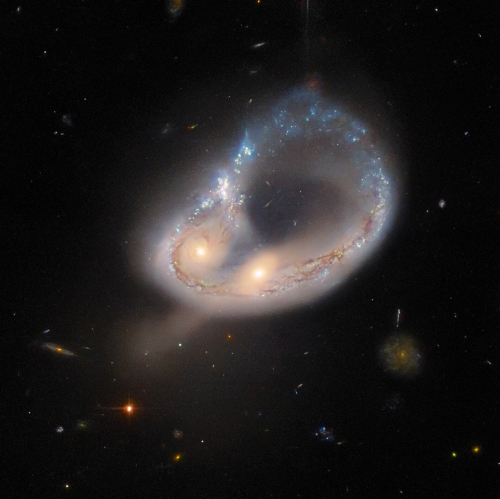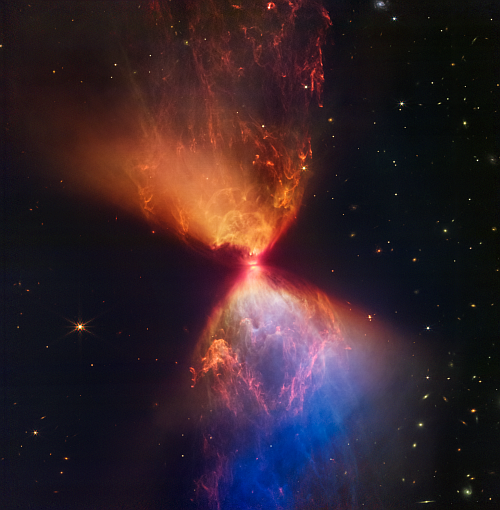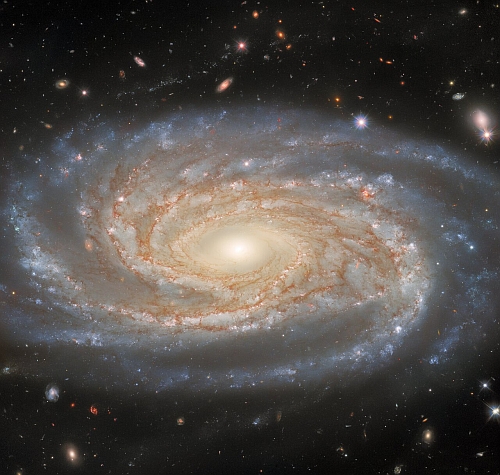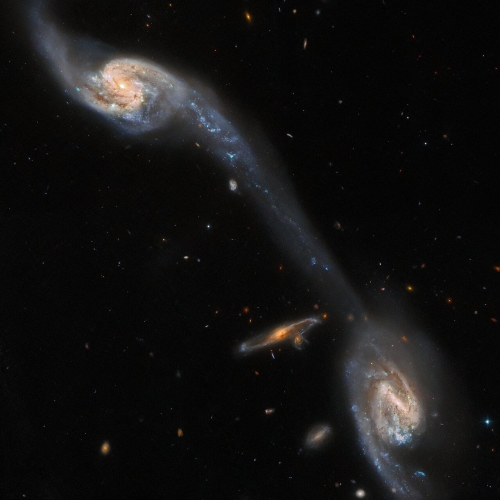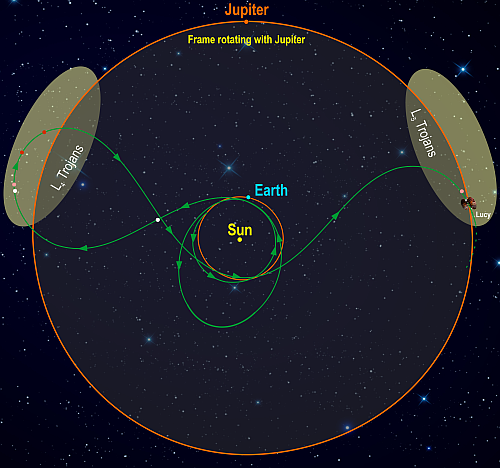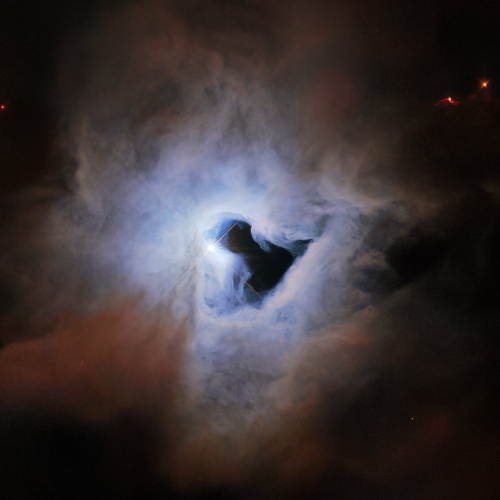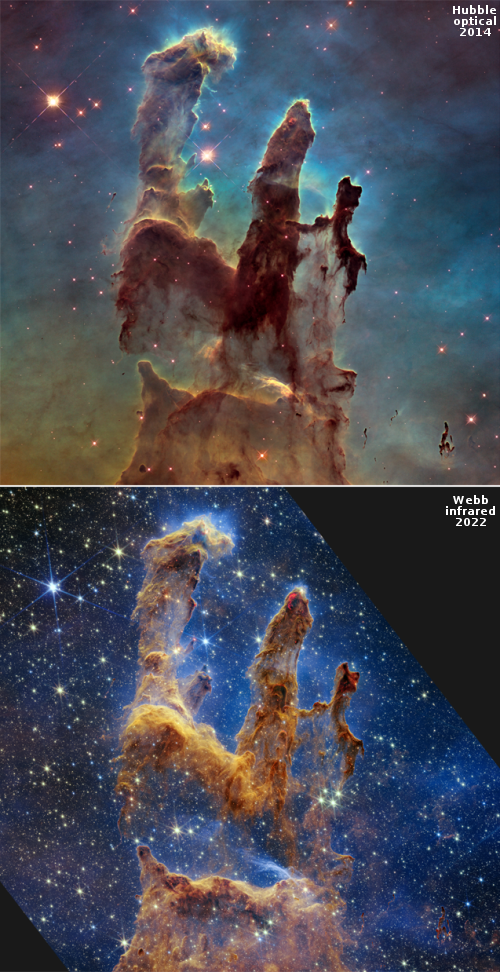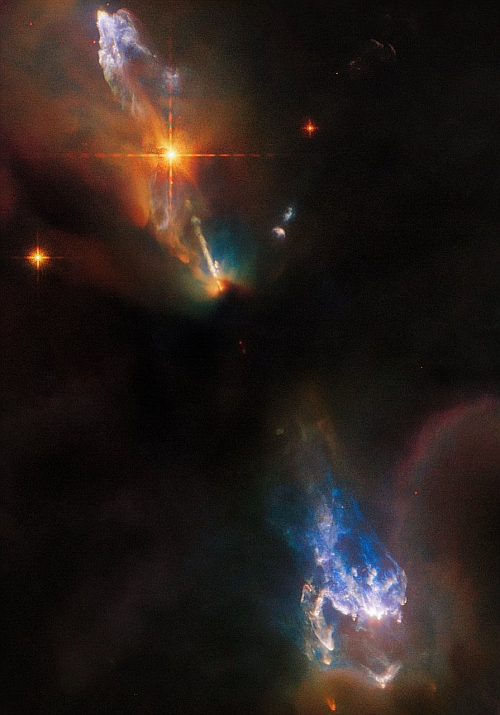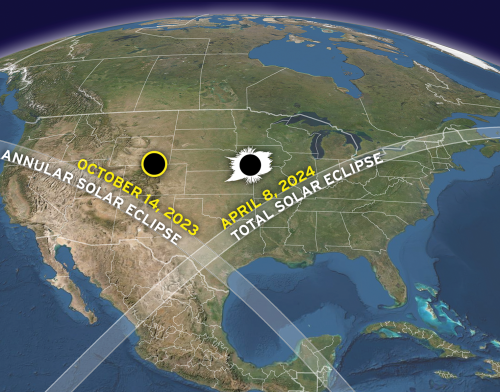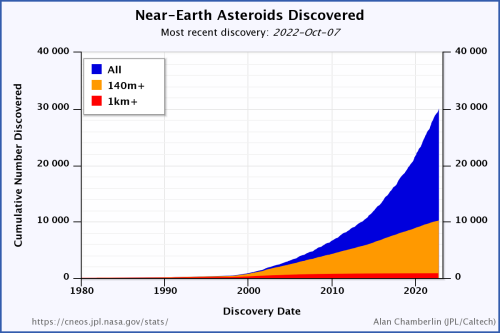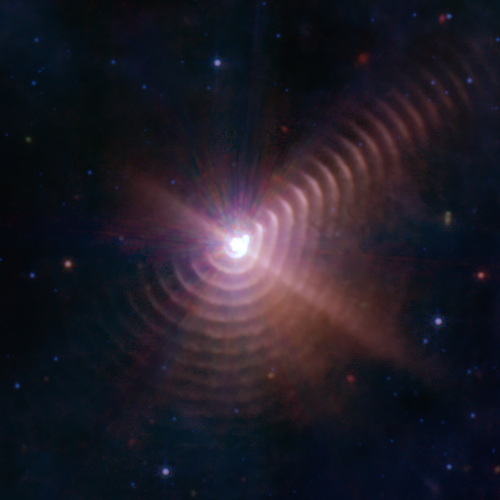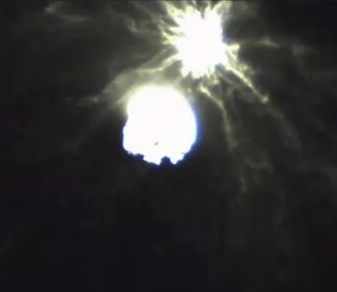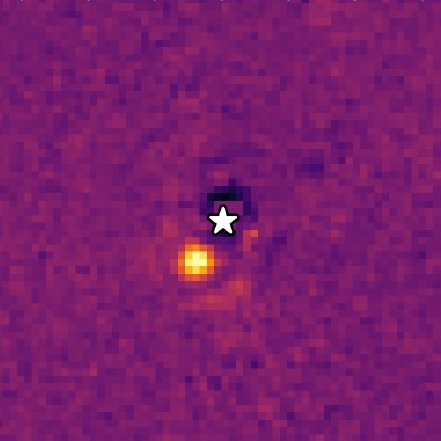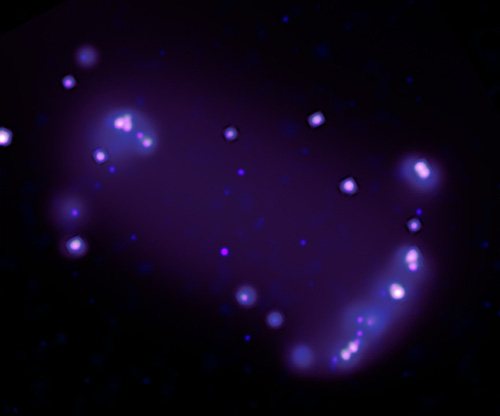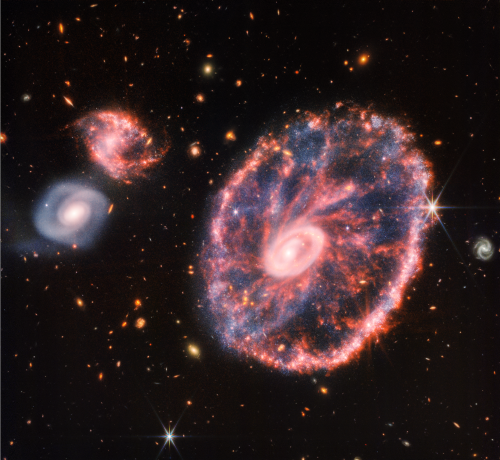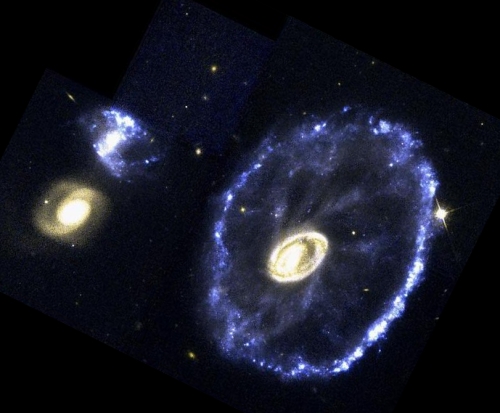Astronomers spot asteroid mere hours before it burned up in Earth’s atmosphere
For only the sixth time, astronomers this past weekend were able to image an asteroid just before it hit the Earth’s atmosphere and burned up over Canada.
The mini-asteroid, less than 3 feet (1 meter) wide, was spotted by astronomer David Rankin at Mount Lemmon Observatory in Arizona, according to SpaceWeather.com. Subsequent observations by other astronomers confirmed that the rock, coming from the direction of the main asteroid belt between the orbits of Mars and Jupiter, was on a collision course with Earth.
Only three hours after the first detection, the object, since dubbed C8FF042, sliced through the sky above Canada and landed in Lake Ontario, according to NASA.
While it is believed that most of the meteorite’s pieces that reached the ground fell into Lake Ontario, there is a chance some pieces might still be found along the south coast of the lake between Hamiliton and Niagara Falls.
For only the sixth time, astronomers this past weekend were able to image an asteroid just before it hit the Earth’s atmosphere and burned up over Canada.
The mini-asteroid, less than 3 feet (1 meter) wide, was spotted by astronomer David Rankin at Mount Lemmon Observatory in Arizona, according to SpaceWeather.com. Subsequent observations by other astronomers confirmed that the rock, coming from the direction of the main asteroid belt between the orbits of Mars and Jupiter, was on a collision course with Earth.
Only three hours after the first detection, the object, since dubbed C8FF042, sliced through the sky above Canada and landed in Lake Ontario, according to NASA.
While it is believed that most of the meteorite’s pieces that reached the ground fell into Lake Ontario, there is a chance some pieces might still be found along the south coast of the lake between Hamiliton and Niagara Falls.

